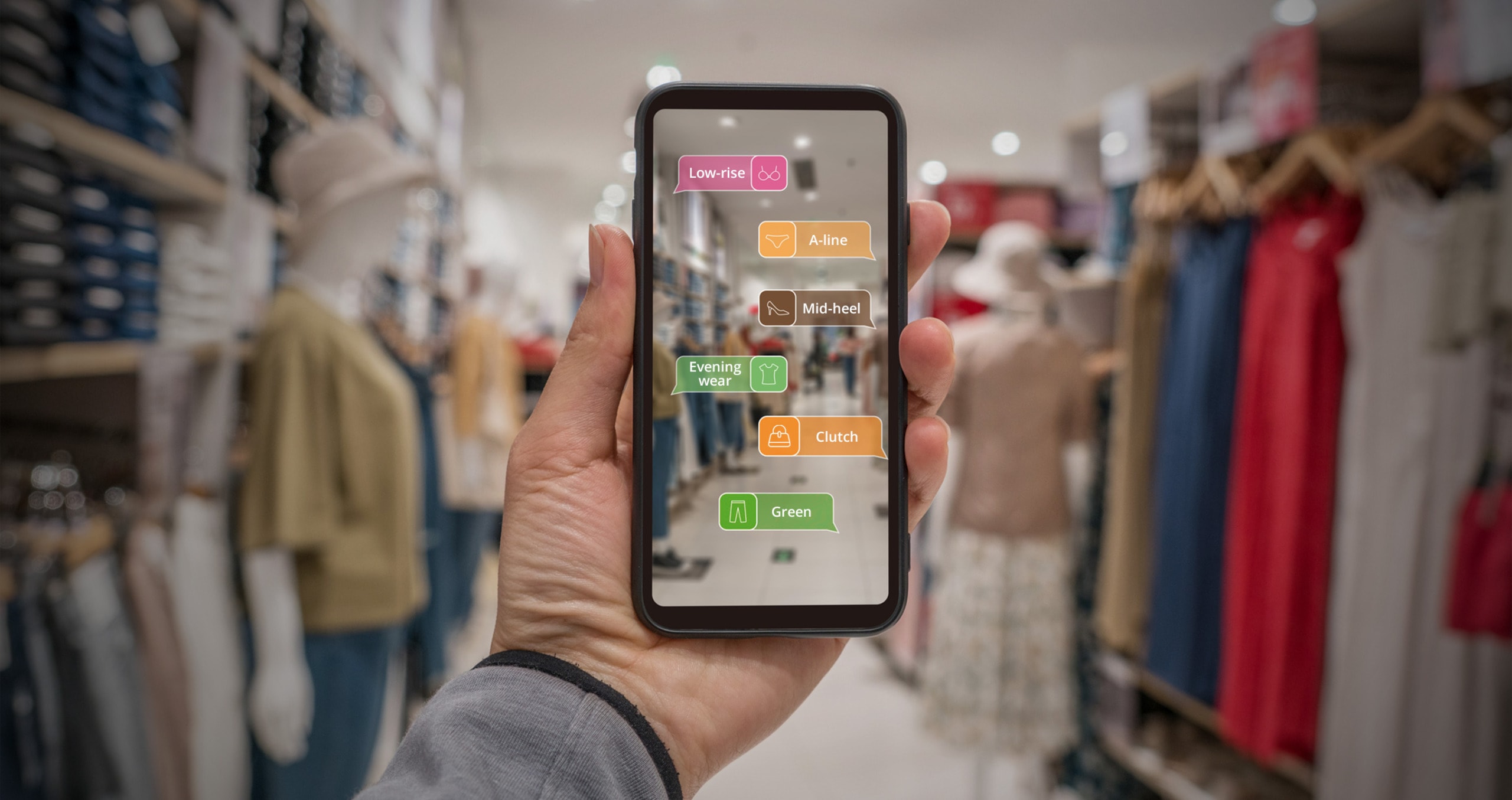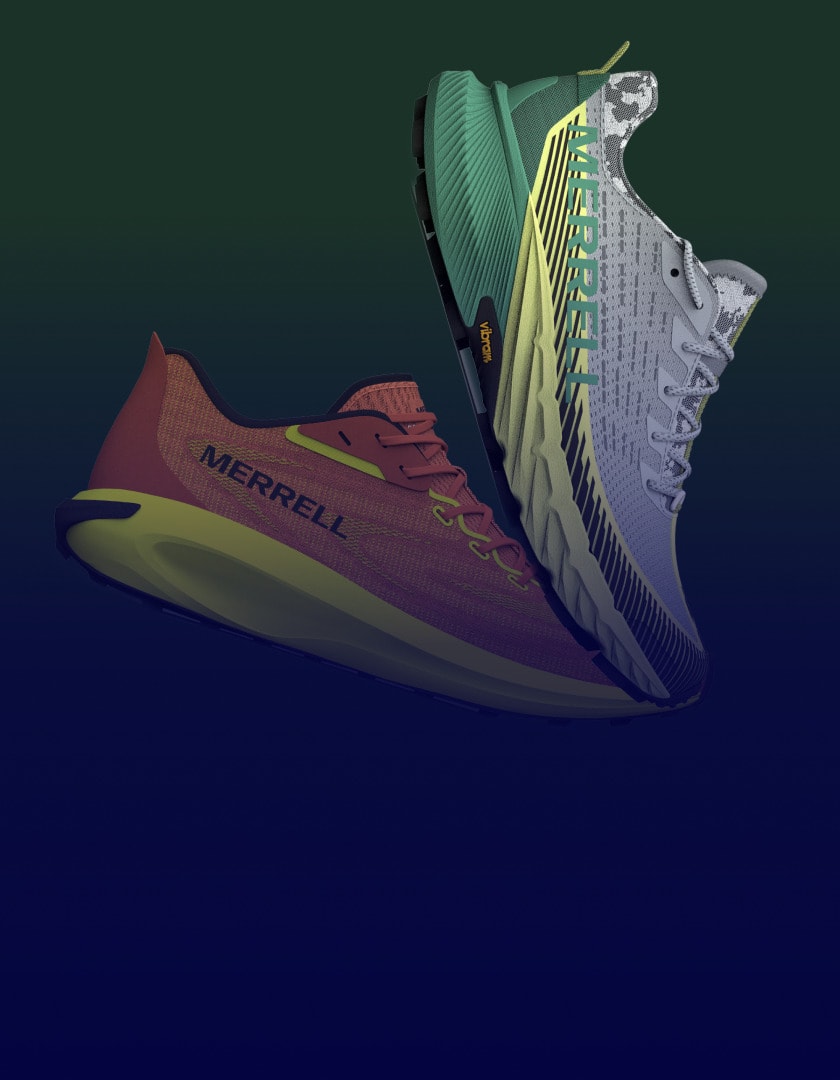A Full Guide to Product Rationalization

What is Product Rationalization?
Product rationalization is a critical process for retailers aiming to streamline their offerings and improve profitability. By evaluating every product in a portfolio to decide whether to keep, modify, or discontinue it, brands can optimize their assortment of products for better performance, customer satisfaction and overall efficiency.
To begin, it’s helpful to have a comprehensive understanding of the multiple parts that make up product rationalization to appreciate the steps necessary for effectively managing the process for the best outcomes.
The foundation of effective product rationalization lies in accurate Merchandise Financial Planning (MFP). Getting the MFP right ensures precision in subsequent planning stages, setting the stage for success. In today’s diverse retail environment, understanding the varied consumer bases and multitude of channels to customers is crucial. It requires analyzing a vast amount of data to make informed decisions. Although this data can be a goldmine for proper product rationalization it can also create an immense challenge for teams stuck in manual collecting and reporting. This is one of the reasons why a user-friendly, digital solution, which is always up-to-date in real-time is such a gamechanger for this process.
Optimizing product assortment requires a deep dive into attribute-level analysis and Weekly Sales, Stock and Intake (WSSI) analysis. Attribute-level analysis entails evaluating products based on their specific characteristics. For instance, for fashion brands, this could be organizing items by color, prints, cut or style. This enables teams to identify which attributes resonate most with customers so that popular attributes can be kept in stock and developed further into new offerings. On the other hand, WSSI analysis aids in understanding sales patterns, stock levels and supply chain requirements. With this timely data, brands can quickly pivot or make certain that the right products are available at the right time.

The Benefits of Product Rationalization for Omnichannel Retailers
In a piece published by McKinsey, its authors noted that advanced analytics are often necessary in today’s market, particularly for portfolios of products which are becoming increasingly complex. McKinsey points out the growing expectation around the Internet of Things (IoT) in consumer products from our vehicles to our light bulbs is “causing research and development operations to rethink the ways they create.” However, whilst product complexity may be increasing, the market also provides its own form of increased complication.
Brands can no longer focus on a singular channel for their sales. As a recent study found, 70% of shoppers are happiest taking a multi-channel approach for their shopping, combining a hybrid of both in-store and online shopping methods for everything from browsing to price comparison to checking-out. Today omnichannel retailers have to manage inventory across many platforms, creating more data complexity which needs to be effectively and efficiently analyzed and digested into actionable next steps. How does product rationalization directly impact the bottom lines for omnichannel retailers? In a myriad of ways:
Accurate product rationalization is key to optimizing shelf availability, leading to enhanced sell-through rates and reduced warehousing costs. It ensures more accurate buying decisions and stock level management, crucial for maintaining product availability across all channels in an omnichannel retail setup.
Whether it’s to try on a new dress or compare the shade of a lipstick, as one report notes, customers still want to shop in-person. And when they do, it is important that retailers have the items in stock, especially after seeing it online, since frustration can quickly follow when these expectations are not met.

As the retail landscape becomes increasingly competitive, there is a growing demand for better products delivered faster. Product rationalization plays a vital role in meeting these demands, ensuring that retailers offer products that truly meet customer needs and preferences. This, in turn, enhances customer satisfaction and loyalty.
One of the significant advantages of product rationalization is its ability to increase profitability. By identifying and eliminating SKUs that erode margins, retailers can reallocate resources to address gaps in their product portfolio. This strategic approach ensures a more profitable and efficient product assortment.
What are the Challenges of Product Rationalization
Although there are many benefits, product rationalization is not a simple cut and dry action. It is a largely manual process with multiple steps, requiring the right amount of data to draw upon and a thorough process that allows for accurate findings. All too often complex tasks undertaken manually can numerous hurdles. The following challenges may sound particularly familiar to your teams.
Retailers are inundated with data from various sources including sales, customer behavior and market trends. Managing this vast amount of information effectively is the key starting point for effective product rationalization. The data must be accurate and readily available, yet many retailers find themselves struggling with a plethora of spreadsheets, databases and nuanced reporting methods across brands and channels. The result equates to a huge challenge rolling up that information into insight.
Reliability presents another variable. Without proper data cleansing, standardization of data management and consistent formatting across channels, brands and markets, the decision-making process can be significantly hampered.
Effective product rationalization requires a 100% certainty in the data used for SKU rationalization within assortment planning. Any discrepancies or errors in the data can lead to ill-informed decisions, resulting in costly issues such as overstocking or, even worse, out-of-stocks. Ensuring the accuracy of inventory data is crucial for maintaining the right balance of product availability and minimizing excess stock.
Removing products from the assortment without a thorough understanding of their influence on sales can lead to unintended negative consequences. Popular items may face stockouts frustrating customers and resulting in lost sales. Even worse, the remaining products in the assortment may cannibalize each other’s sales, leading to an overall decrease in revenue. In this way, product rationalization is essential for optimizing assortments, especially for retailers seeking to localize or segment their assortments at a granular level.

Product rationalization often involves reducing the number of products offered, which can strain relationships with suppliers and manufacturers. Effective communication and negotiation are crucial in these situations to ensure that changes are made smoothly and that positive partnerships are maintained.
Customers develop loyalty to specific brands or product variants over time. When these items are discontinued as a part of product rationalization, there lies a risk of losing loyal customers. Retailers need to weigh the benefits of rationalization against the potential loss of customer loyalty.
In certain industries, such as pharmaceuticals, cosmetics, grocery and food & beverage retail, regulatory requirements dictate the types of products that can be offered. Ensuring compliance with these regulations while undergoing product rationalization efforts adds an additional layer of complexity to the process. For example, a product may perform well in sales in a particular region or market but due to a change in regulations and restrictions, is no longer compliant and must be pulled from the assortment.
How can Centric Software Help Retailers with their Product Rationalization?
Savvy retailers attempting to gain an untapped edge over the competition know that in today’s market, you need to effectively harness the power of AI, machine learning and digital tools that have the capacity to digest massive amounts of data with ease. Navigating the complex landscape of product rationalization requires a sophisticated approach, integrating reliable data analysis with strategic decision-making. By addressing the challenges head-on and implementing effective solutions, retailers can optimize their product assortments, improve efficiency and drive profitability.
For retailers looking to overcome the challenges that traditional methods of product rationalization present, adopting Centric Visual Boards is a strategic move that will transform the process from one of overwhelm to synergistic efficiency. Centric Visual Boards provide a centralized platform for data analysis, collaboration and decision-making, ensuring that retailers have access to accurate, up-to-date information. With intuitive visual interfaces and real-time collaboration capabilities, teams can analyze product performance, assess assortment effectiveness and make informed decisions quickly.
Creating a cohesive product collection requires a keen eye for detail and a deep understanding of target demographics. It’s about more than just numbers and figures; it’s about visually balancing your product mix to ensure it resonates with your audience. After all, shoppers don’t shop from a spreadsheet. Utilizing tools like Centric Visual Boards allows teams to pivot and balance product assortments visually, ensuring a harmonious collection that appeals to each demographic, store and season.
Giving creativity back to the process is essential. It enables designers and merchandisers to really see and feel what they are offering, ensuring that every product drop is perfectly tailored to the target audience. Inspiring a more focused go-to-market strategy, teams can confidently push their collections knowing that every item has been carefully selected and positioned for maximum impact.

Adopting a real-time visual approach to product assortment not only enhances the cohesiveness of collections but also frees up valuable time for teams to delve into competitor and market analysis. In the fast-paced world of retail, understanding what your competitors are doing and staying ahead of market trends is vital.
Centric Visual Boards accelerates the process, giving vast amounts of time back to teams, allowing them to focus on higher level work beyond number-crunching in columns and rows. Decision-makers can quickly understand at a glance what is being sent to market, ensuring that every product is positioned properly to capture the audience’s attention.
Teams can invest more time in analyzing market trends, understanding consumer behavior and keeping a close eye on what competitors are doing, all in a highly interactive environment that fosters deeper dives and more streamlined analysis. This ensures that every product launch is backed by data and insight, resulting in a collection that is not only cohesive and visually appealing but also strategically positioned to succeed in the market.
Transform Your Retail Strategy in a Visually Dynamic Digital Environment
Product rationalization is a crucial strategy for retailers aiming to thrive in the competitive omnichannel retail environment. By embracing digital transformation with tools like Centric Visual Boards, retailers can optimize their product assortments, improve inventory management, enhance customer satisfaction and competitiveness and ultimately boost profitability.








